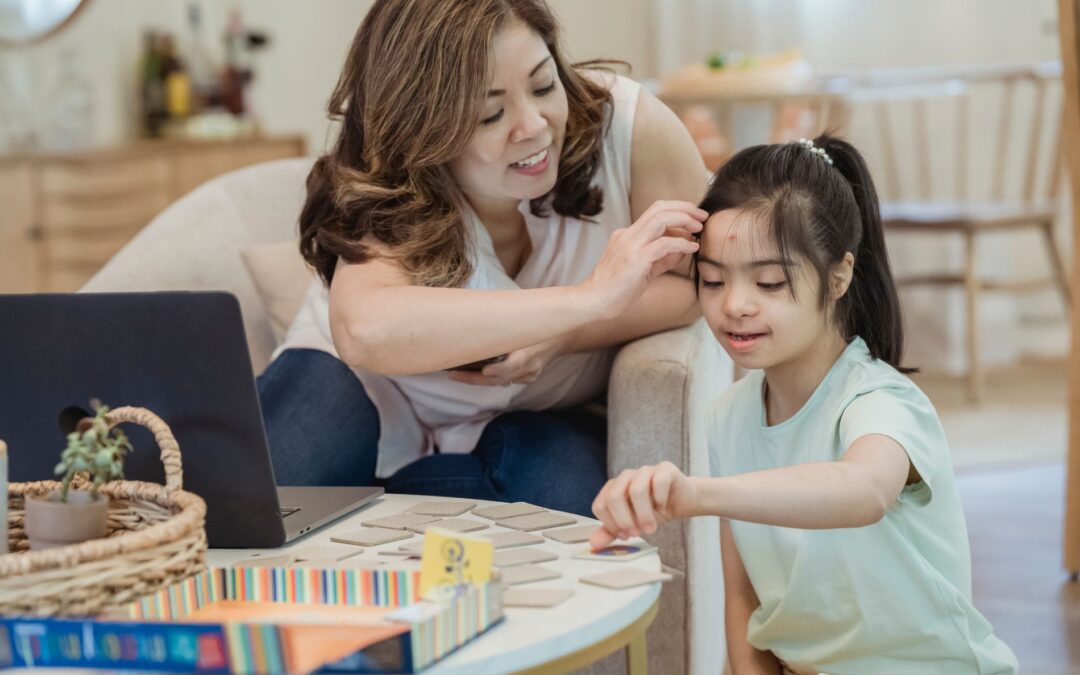For children with Autism Spectrum Disorder (ASD), navigating the world can be a complex and challenging endeavor. As we strive to create comprehensive strategies for each individual’s unique needs, we have come to understand that incorporating evidence-based visual supports within Applied Behavior Analysis (ABA) therapy can produce remarkable and transformative results. By embracing visual supports, we can enhance the overall effectiveness of ABA therapy while empowering children with autism to build vital skills and embrace their full potential.
As dedicated ABA consultants, we are committed to exploring and implementing the most effective tools and strategies to support children with autism and their families. Visual supports have emerged as an invaluable asset in our toolbox, as they aid in simplifying information, providing clear instructions, and promoting independence in those we serve. In a world where communication can be both a challenge and a barrier, visual supports offer a powerful method of bridging the gap and fostering necessary skills.
Types of Visual Supports Utilized in ABA Therapy
Visual supports come in various forms, each designed to address specific needs and challenges faced by children with autism. Some of the most common types employed in ABA therapy include the following:
1. Visual Schedules: These provide children with a visual representation of their daily routines, enabling them to anticipate and prepare for upcoming activities and transitions.
2. Social Stories: These visual narratives help children with ASD understand social situations, expectations, and appropriate behaviors through clear, concise language paired with descriptive images.
3. Visual Cues and Prompts: These tools guide children through tasks by breaking them down into smaller, more manageable steps, often using symbols or pictures to represent each component.
4. Choice Boards: These offer children the opportunity to select from various activities or items, fostering independence and decision-making skills.
The Impact of Visual Supports on Skill Development and Communication
Incorporating visual supports in ABA therapy can have a significant impact on the development and progress of children with autism, including the following:
1. Improved Communication: For non-verbal or minimally verbal children, visual supports, such as communication boards or augmentative technology, can provide crucial communication channels, reinforcing language skills, and fostering self-expression.
2. Enhanced Comprehension: Visual supports break down information into simple, digestible elements, catering to the visual-processing strengths of many children with autism and improving their understanding of concepts and instructions.
3. Greater Independence: By providing children with clear, concrete information, visual supports promote increased self-sufficiency, equipping them with the tools needed to navigate daily routines and tasks independently.
4. Decreased Anxiety: Visual supports offer consistency and predictability, helping to alleviate anxiety in children with ASD by clearly outlining routines, expectations, and coping strategies.
Practical Strategies for Creating and Incorporating Visual Supports
Integrating visual supports into daily routines and therapy sessions can be achieved through various practical approaches:
1. Identify the Child’s Specific Needs: Assess the unique needs and challenges faced by the child, determining which type of visual support would be most effective in addressing those areas.
2. Create Age-Appropriate and Appealing Visuals: Design visual supports that are not only relevant to the child’s developmental level but also engaging, ensuring they remain motivated and interested.
3. Adapt and Update Visual Supports: Continuously review and update visual supports to reflect changes in routines, skill levels, and preferences, ensuring they remain effective and applicable.
4. Involve the Child: Encourage active participation from the child in the creation and use of visual supports, promoting engagement, ownership, and independence.
Collaboration and Consistency for Success
An essential aspect of effectively incorporating visual supports into ABA therapy is to foster collaboration and consistency between therapists, parents, and other caregivers. This teamwork ensures that visual supports are utilized across various settings and activities, reinforcing their effectiveness and promoting generalized skill development.
Training parents and caregivers in the appropriate use of visual supports ensures they can continue to support their child’s growth beyond therapy sessions, helping to maximize the impact of ABA interventions.
The Importance of Evidence-Based Practice in ABA Therapy
While incorporating visual supports into ABA therapy has shown to be highly effective in supporting children with autism, it is crucial to recognize the importance of evidence-based practice. Evidence-based practice refers to the integration of the best available research evidence, clinical expertise, and patient values to guide clinical decision-making and interventions.
As ABA consultants, it is our responsibility to remain informed and up-to-date on the latest research and developments in the field. By utilizing evidence-based practices, we can ensure that the strategies and interventions we implement are supported by empirical evidence and have been proven to be effective.
Evidence-based practice promotes accountability and transparency, enabling us to track and measure progress accurately and make data-driven decisions. By continuously evaluating the effectiveness of our interventions and adjusting them as necessary, we can ensure that each child receives the most optimal treatment plan possible.
Conclusion
Visual supports have proven to be an invaluable resource in enhancing the overall effectiveness of ABA therapy for children with autism. By incorporating these tools into daily routines and therapy sessions, we can empower children with ASD to develop crucial skills, improve communication, and embrace their full potential. Through collaboration and consistency between all members of the child’s support team, we can ensure the effective use of visual supports and promote continued growth and success.
Don’t hesitate to contact Strive ABA Consultants, one of the leading ABA therapy providers, if you would like to learn more about our evidence-based treatment that proactively breaks through the barriers of autism and other developmental disabilities. Our knowledgeable team is passionate about providing quality services that can help your family.


